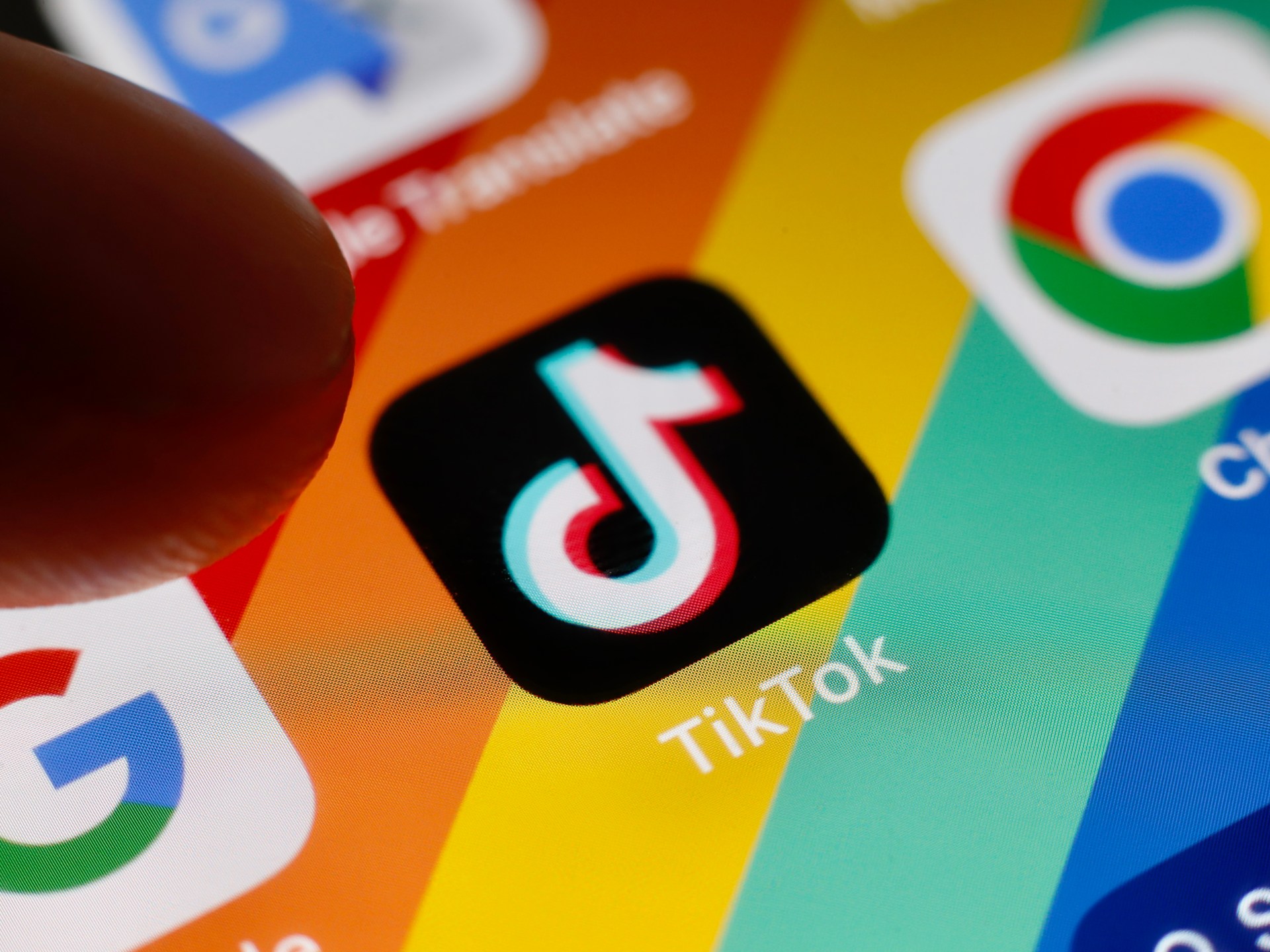Low-Down on Podcasting – Part One
I have just finished producing a series of podcasts from the Dubai Airshow, but I thought this would be a great opportunity to talk through the equipment you need to record audio podcasts.
Before you can do anything you need a recorder. While tape-based systems were de riguer a few years ago, I’m afraid that everything has now gone digital. The advantage is obvious – you record your sound, connect the recorder to your computer and transfer the recording across instantly for editing.
While you can get away with a fairly cheap recorder, such as the Olympus WS300S, you must make sure that you record using the mono hi-quality (HQ) setting – typically 64 kbps MP3. That’s OK and just about good enough for Podcasts. If you really take your podcasting seriously then a higher-end recorder like the Tascam DR-07 is essential. This is the model I use and apart from chewing batteries it is fantastic.
The purists will record using the uncompressed WAV format, but this gives you enormous files that can’t easily be e-mailed. Setting the recorder to 128 or 192kbps MP3 gives you files that are about 1Mb per minute, virtually indistinguishable from WAVs and can be e-mailed easily.
So you have your recorder, you’ve set it up to record 192kbps MP3 files. Now what? Make sure that you set the sample rate to 44.1KHz. Again, the sample rate determines the quality of the output and 44.1kHz is fine. In fact, if you set it to a rate that is not an exact multiple of 22.05kHz some MP3 players will make your recordings sound like Mickey Mouse – you have been warned.
So now you have your recorder set up, with fresh batteries and a clean memory card inserted of around 1-2Gb.
The next step is to plug in a good quality microphone. While some recorders have built-in microphones they are usually pretty poor and result in lots of handling noise as you move the recorder around.
A good microphone like the Sony ECM-MS907 is worth its weight in gold. Firstly, it is very small and compact, but more importantly it is switchable from a 90-degree acceptance angle to 120 degrees. This means that you can stand with your back to a noisy environment and the mic will reject the noise coming from behind you. Or, you can switch it to 120 degrees, stand it on the table and record two or three people at once, as long as they are in front of the microphone.
If you are on a real budget Hama makes a microphone called the DM-20, which costs less than $10 from Amazon.
If you intend recording your own voice, perhaps while reading news bulletins, it may also pay you to buy a pop filter.
This is a round disk of material on the end of a flexible arm which stops you getting popping sounds as you talk into the microphone. This is caused by the rush of air from your mouth – try putting your hand about six inches from your mouth and say “pah” and you’ll see what I mean.
When out interviewing people it pays to stand next to them and hold the microphone below their chin level and pointing at their mouth. That way the microphone is out of the way of their breath stream and you shouldn’t get popping.
So now you have the recorder and microphone set up the world is your oyster.
When recording material try not to script it too much, otherwise it will sound stilted. And use very open-ended questions that demand a lot more than “yes” or “no” answers. Questions that start “can you describe…” or “can you explain…” usually work well, but do make sure you listen to the answers.
Also, make sure that you shut up between asking questions – simply nod at the interviewee and smile sweetly. If the whole interview is interspersed with “uh-huhs” from you it makes it annoying and hard to edit.
So that’s the low-down on recording Podcasts. Next time, we can look at what you do with the raw material.
Source by Steve W Nichols



